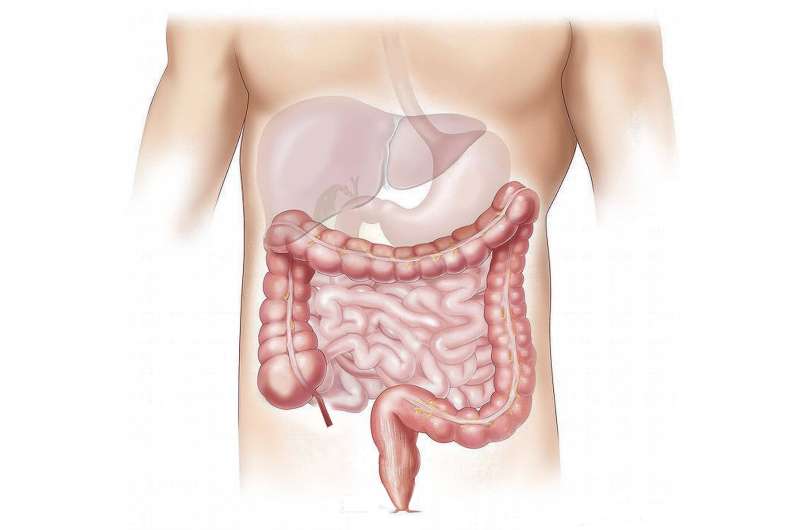Blocking Cell Death Receptor Promotes Mucosal Healing in Inflammatory Bowel Disease

A recent study identifies that inhibiting the TMEM219 cell death receptor can enhance mucosal healing in inflammatory bowel disease, offering new therapeutic prospects.
A groundbreaking international study led by researchers from Boston Children's Hospital, in collaboration with the University of Milan, has uncovered a promising new approach to treating inflammatory bowel diseases (IBD). The research focuses on inhibiting the activity of the death receptor TMEM219, which has been shown to negatively impact intestinal healing.
The study demonstrates that pharmacological blockade of TMEM219 using a recombinant protein based on its extracellular domain can preserve the self-renewal capacity of intestinal stem cells. This intervention prevents the cell death typically induced by TMEM219 activation, thereby supporting mucosal regeneration and preventing colitis development in mouse models.
Further validation through genetic inhibition of TMEM219 on intestinal stem cells, specifically those expressing LGR5, confirmed its role in restoring mucosal integrity. The findings suggest that overactivation of TMEM219 contributes to intestinal stem cell death and impairs mucosal healing during inflammation states, such as in IBD.
Paolo Fiorina, the study’s lead researcher, explains that TMEM219 signaling influences the fate and survival of intestinal stem cells, which are essential for mucosal regeneration. Dysregulation of this pathway appears to hinder healing in IBD patients, especially those who do not respond to current therapies. By targeting TMEM219, new treatments could enhance mucosal repair and potentially reduce the need for surgical interventions.
The research builds on previous findings regarding the IGFBP3/TMEM219 pathway, initially studied in the context of diabetes and pancreatic beta cell preservation. This new evidence indicates that TMEM219 signals also play a critical role in intestinal health, revealing a novel mechanism underlying colitis.
Fiorina emphasizes that restoring the self-renewal capabilities of intestinal stem cells could dramatically improve outcomes for patients with IBD, especially those suffering from recurrent inflammation or refractory disease. This approach opens the door to innovative therapies aimed at modulating stem cell survival pathways, ultimately promoting mucosal healing and disease remission.
Published in the Journal of Clinical Investigation, this research paves the way for future clinical studies and the development of targeted treatments that may transform IBD management and improve quality of life for affected individuals.
Stay Updated with Mia's Feed
Get the latest health & wellness insights delivered straight to your inbox.
Related Articles
Philippines Declares Public Health Emergency as HIV Cases Increase Significantly
Philippine health authorities warn of a rising HIV epidemic with a 50% increase in cases in early 2025, prompting calls for declaring a public health emergency to combat the surge.
Risks of Persistent Opioid Use After Surgery for Early-Stage Cancer
A recent study reveals that over 10% of patients undergoing surgery for early-stage cancer develop long-term opioid use, highlighting the need for cautious pain management strategies to prevent addiction and adverse outcomes.
Why New Zealand’s Limited Access to the Cochrane Library Raises Concerns
New Zealand is reducing access to the Cochrane Library, a vital source of independent health evidence, raising concerns about health equity and informed decision-making. Learn about the implications of this policy change.
Understanding the links between Autism Spectrum Disorder and Tylenol: What the latest research says
Recent studies explore the potential links between acetaminophen use during pregnancy and autism spectrum disorder, emphasizing cautious use and the importance of scientific understanding about ASD causes. Learn the facts from latest research findings.



